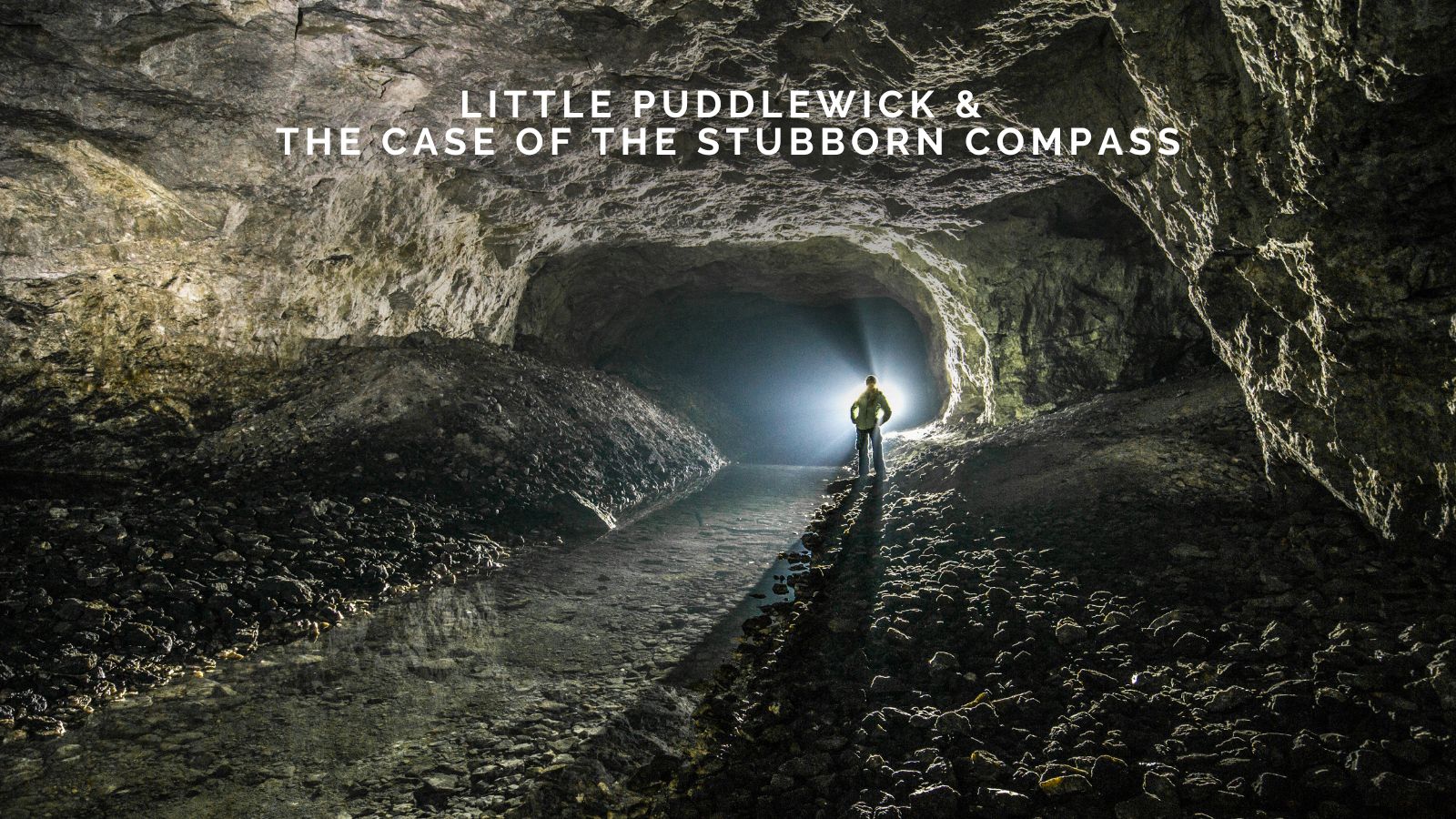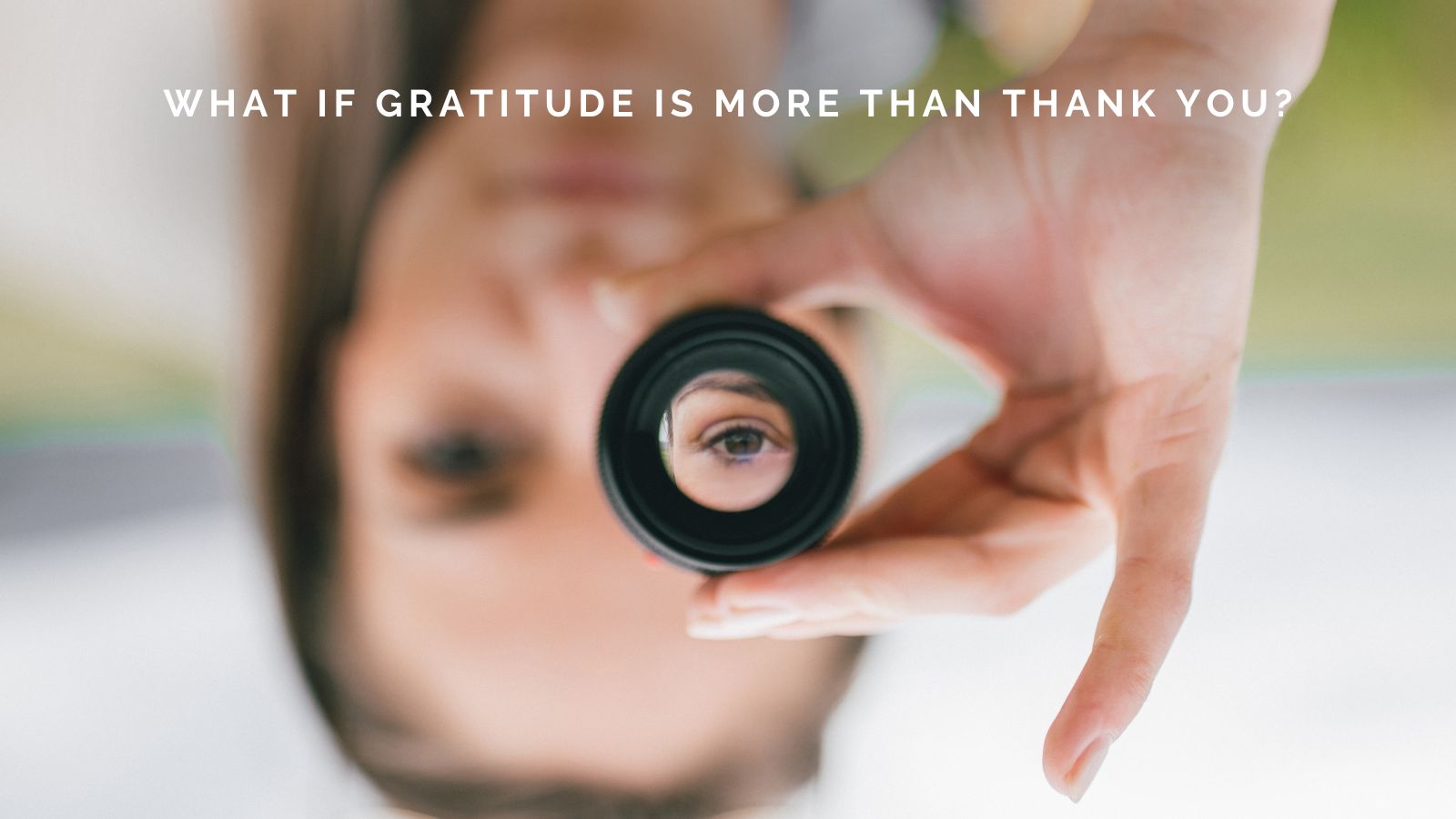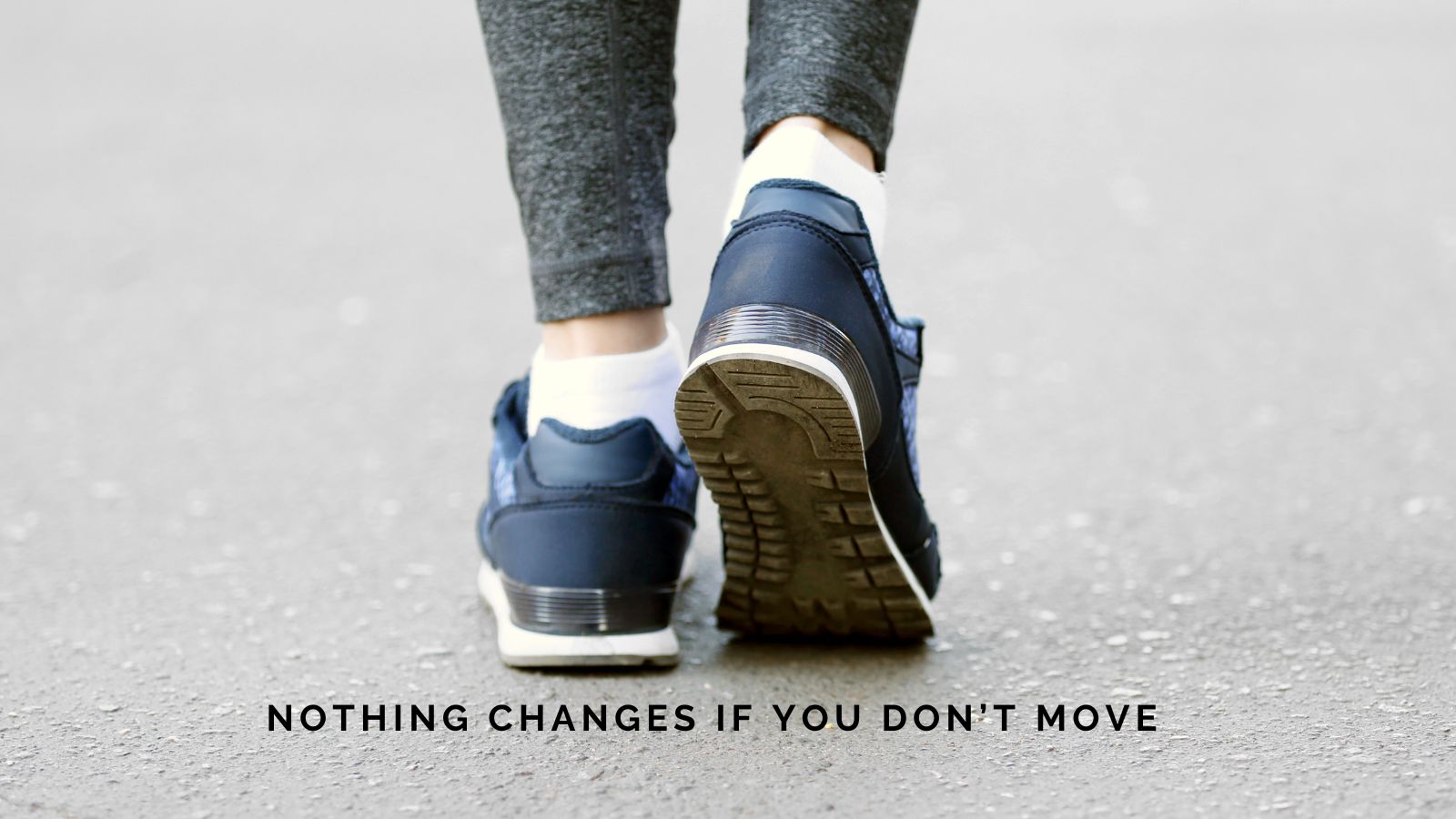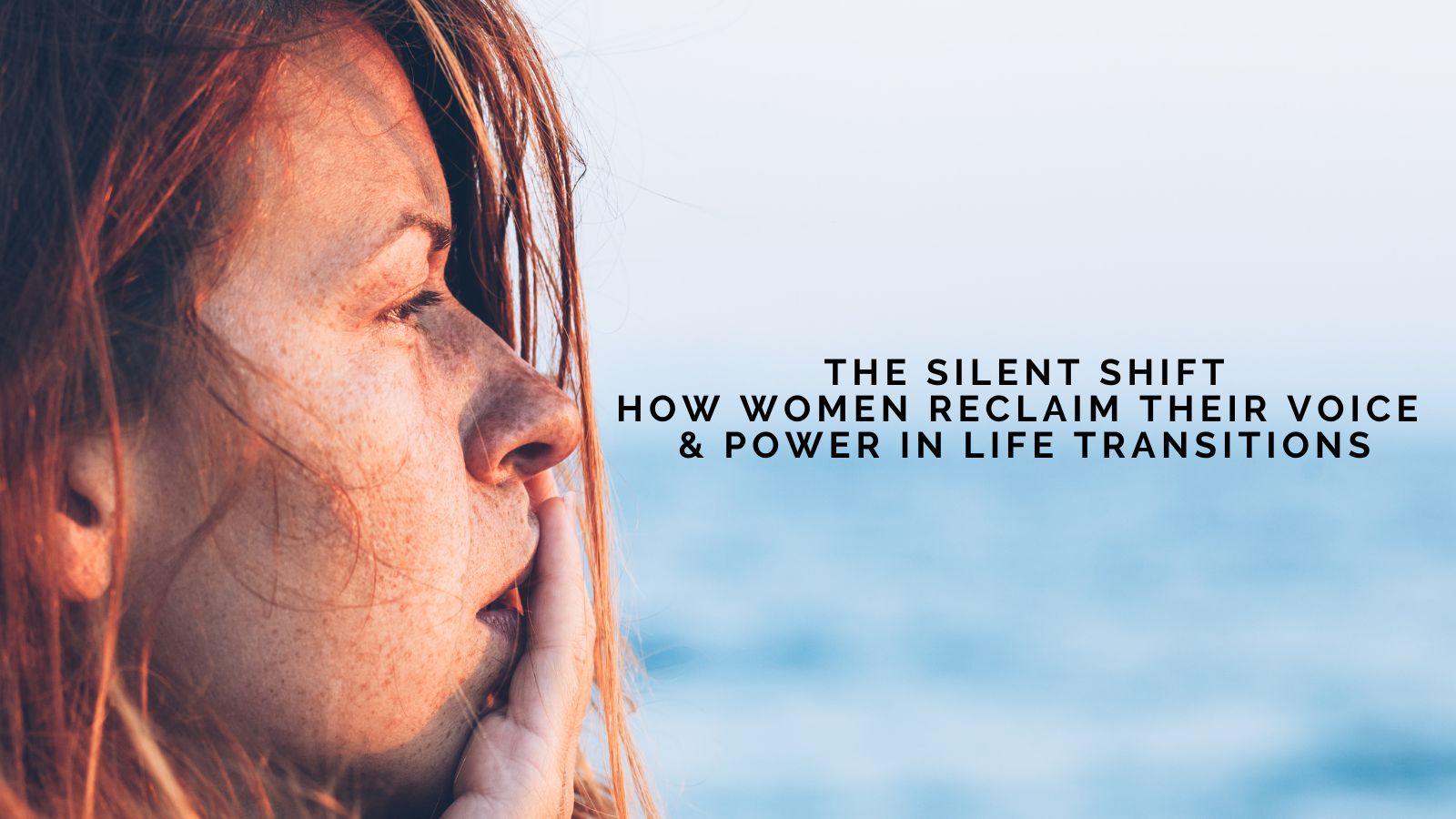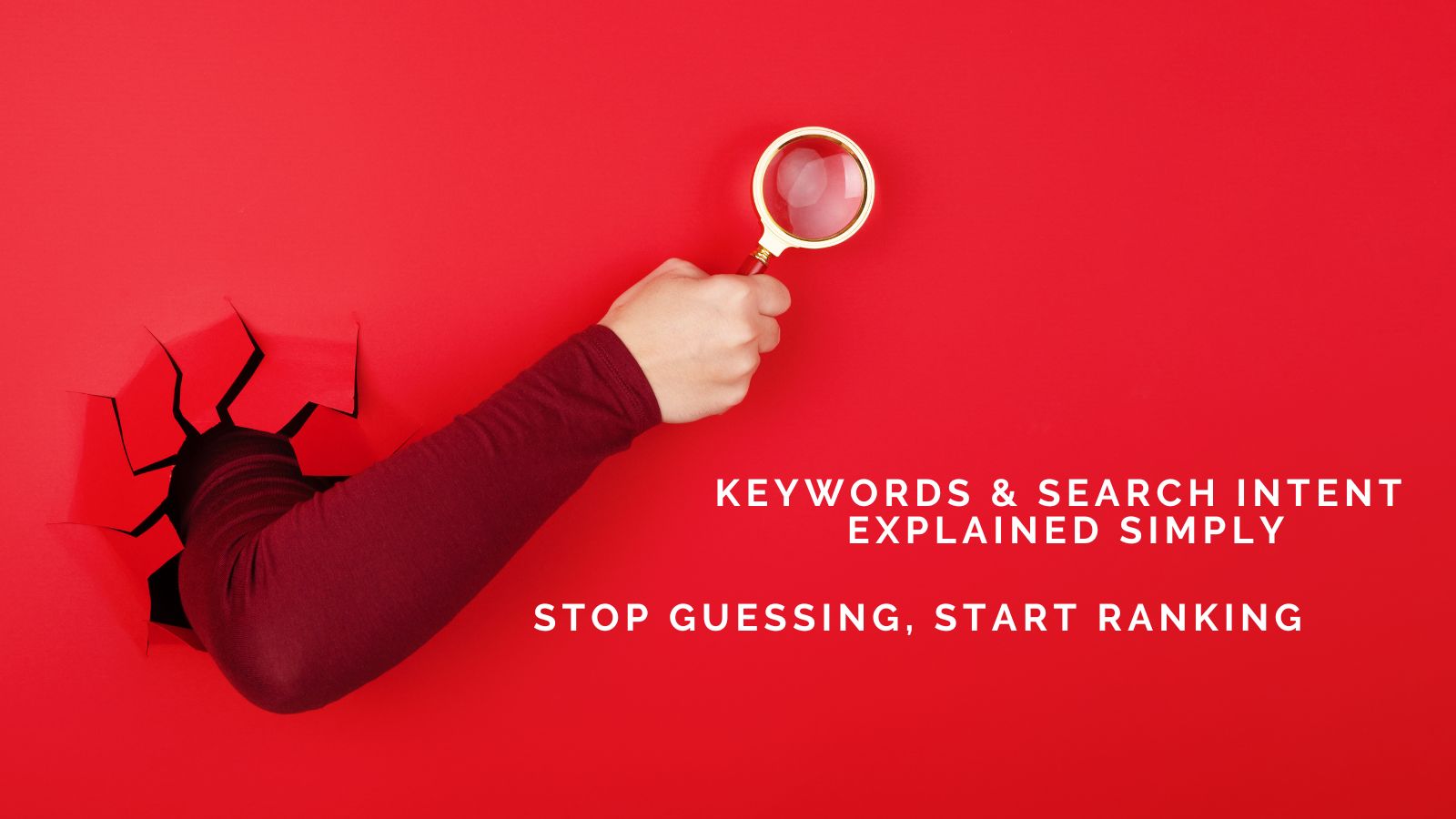
You see these phrases everywhere, but what do they actually mean — and how do you use them without getting a headache?
Let’s keep it simple, fun, and practical.
The One-Minute Version
Keywords = the exact words or short phrases people type into Google (or say to voice search).
Search intent = the reason behind those words — what they want to learn, compare, or buy.
If your page matches what they type and why they typed it, you’ll attract the right readers at the right moment.
The “Reader-First” Mindset (do this before you write)
Put “I/me” to one side for a minute. Step into your reader’s shoes and ask:
-
What are they feeling or facing right now?
-
What would they actually type into Google to solve that?
-
What result would satisfy them most — a guide, a comparison, or a place to buy?
You can have brilliant content, but if no one is searching for it, it stays hidden.
Four Types of Search Intent (with examples)
1) Informational — “Teach me”
They want answers or instructions.
Example keywords:
-
-
“how to start a podcast at home”
-
“what is perimenopause”
-
“things to do in Ha Long Bay”
-
Best content: How-to guides, explainers, checklists, FAQs.
2) Navigational — “Take me to a place”
They’re trying to get to a specific site, page, or brand.
Example keywords:
-
-
“Pinterest login”
-
“British Airways manage booking”
-
Best content: Clear landing pages, brand pages, links to the exact destination.
3) Commercial Research — “Help me choose”
They’re close to buying and comparing options.
Example keywords:
-
-
“best running shoes for flat feet 2025”
-
“iPhone 15 vs Samsung S24 camera”
-
Best content: Comparisons, ranked lists, reviews, pros/cons tables, buyer’s guides.
4) Transactional — “I’m ready”
They want to purchase, book, or download now.
Example keywords:
-
-
“buy noise-cancelling headphones”
-
“order flowers near me”
-
Best content: Product pages, pricing, simple checkout, clear calls to action.
Common Mistakes (and easy fixes)
Mistake 1: Writing for you, not the reader
Fix: Swap “my programme/offer is amazing” for “solve X problem in Y steps”.
Mistake 2: Using labels people don’t search for
Perimenopause example: Many don’t search the term at first. They search symptoms like “hot flushes at night” or “irregular cycles over 40”.
Coach example: People rarely search “trauma coach”. They search feelings and situations: “why do I freeze in arguments”, “how to set boundaries with family”.
Mistake 3: Clever titles, unclear purpose
Fix: If the intent is “commercial research”, say so in the title: “Best budget microphones for new podcasters (2025)”.
Mistake 4: Mixing intents on one page
Fix: One page = one main intent. Your “how-to” isn’t your “buy now”.
Real Stories (what works and why)
“Brand Names, Coach Names” vs real searches
A memorable brand line is fine, but people don’t type that into Google. They type the situation: “burnout signs”, “how to stop overcommitting”, “why am I exhausted all the time”. Build articles around those phrases and tie them back to your services.
The Tutu Project & “happy marriage”
A husband in a pink tutu cheering up his wife during treatment sparked joy that spread through photos and shares. The keyword “happy marriage” fit because readers were searching for hope, humour, and connection in relationships, not the exact project name.
Match Content to Intent (simple map)
Informational → guide, steps, definitions, diagrams, FAQs
CTA idea: “Want a printable checklist? Download it here.”
Navigational → fast path to the exact page
CTA idea: “Open the dashboard” / “Go to your account”
Commercial Research → comparisons, pros/cons, who it’s for/not for
CTA idea: “See pricing” / “Try the demo” / “Book a short call”
Transactional → product details, price, delivery, reviews, payment options
CTA idea: “Add to basket” / “Book now”
A Quick Way to Find Beginner-Friendly Keywords
-
List problems, symptoms, or situations your reader faces.
-
Turn each one into a phrase they’d actually type.
-
Add natural modifiers: “for beginners”, “near me”, “for over 40s”, “without equipment”, “2025”.
-
Choose the right intent and content format.
Examples across niches:
Wellness: “hot flushes at night”, “gentle morning routine for anxiety”, “how to sleep after 40”
Coaching: “how to stop people-pleasing”, “set healthy boundaries at work”, “confidence script for interviews”
Travel: “Ha Long Bay day trip cost”, “best time to visit Hoi An”, “Bangkok family itinerary 3 days”
Beauty: “curly hair routine for humidity”, “SPF for dark skin tones”, “how to fix cakey foundation”
Food: “easy gluten-free pancakes”, “Indian spice guide for beginners”, “meal prep for one person”
Small business: “how to price digital downloads”, “email welcome sequence template”, “best invoicing tools for freelancers”
Title Formulas You Can Swipe
Informational:
How to [result] without [common pain]
[X] Step Guide to [result] (Even if [obstacle])
Commercial Research:
Best [product] for [audience] ([year])
[Product A] vs [Product B]: Which is better for [use-case]?
Transactional:
[Product]: Price, Delivery, and Returns — [Brand]
Book [service] in [location] — Availability & Pricing
On-Page Checklist (keep this by your keyboard)
-
One primary keyword + a few natural variations.
-
Title/H1 matches the intent.
-
First 100 words confirm the reader’s problem and the outcome.
-
Clear structure: short paragraphs, sub-headings, bullets.
-
Internal links to related pages (guide ↔ comparison ↔ product).
-
One clear CTA that fits the intent.
-
Answer the question fully — don’t make readers hunt.
Fast “Intent Test” (before you publish)
-
Read your headline and intro out loud.
-
Ask: If I searched this, would I want a step-by-step, a comparison, or a checkout?
-
Does your page deliver that exact thing quickly? If not, adjust.
Simple FAQ (new-user friendly)
How many keywords per page?
One primary topic per page. Use natural variations, but don’t chase dozens of unrelated phrases.
Short phrases or long ones?
Both. Longer phrases (“long-tail”) are easier to rank for and match intent more clearly: “best trail shoes for wide feet” beats just “running shoes”.
How long until I see results?
It varies. Focus on publishing helpful pages regularly, and improve them over time.
How do I measure what’s working?
Use Google Search Console to see what phrases your pages show up for and where you rank. Keep improving the pages that are close to page one.
Your 7-Step Quick Start
-
Write down the top 5 problems your reader has.
-
Turn each into 3–5 keyword phrases they’d actually type.
-
Label each phrase with an intent: informational, navigational, commercial research, or transactional.
-
Choose the right content type for each.
-
Write the clearest page you can (one intent per page).
-
Add a single, obvious CTA that matches intent.
-
Check performance in Search Console and improve monthly.
Matching what they type and why they typed it is the core of modern SEO. Keep your reader front and centre, write to solve a real problem, and let your pages do their job — teaching when they should teach, comparing when they should compare, and selling when the reader is ready to buy








